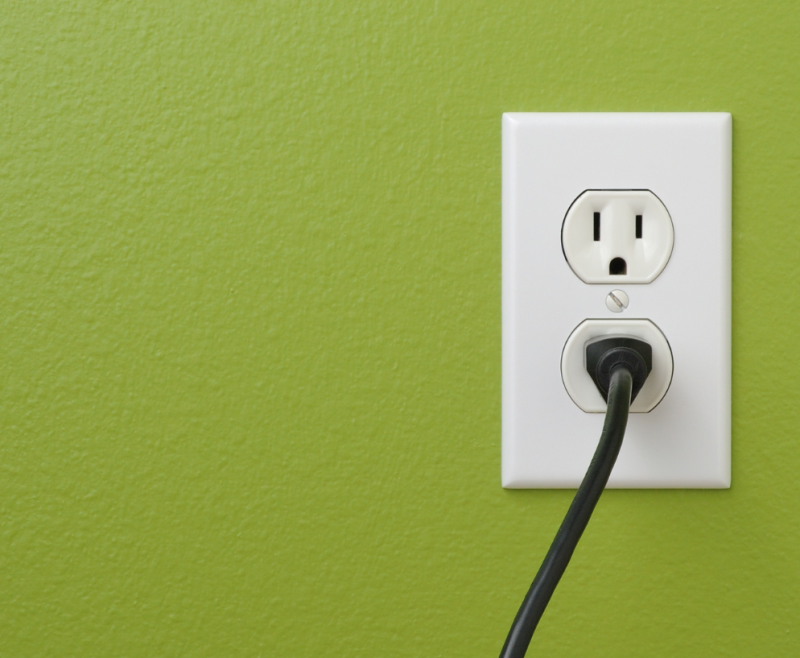May is National Electrical Safety Month, and to mark it we have the following guest blog from the Electrical Safety Authority. If you’re thinking about making enhancements to your new home that involve electrical work, read on for helpful tips and information.
A home is not just where you live, it’s where life happens. Homeowners have been embracing new features in their homes to make them function for how they want to live. Everything from finding ways to reduce their carbon footprint by choosing an electric vehicle (EV) to embracing technology to monitor their home from anywhere with smart security systems to enhancing outdoor entertaining to enjoy more time together.
To help homeowners achieve modern upgrades for their new home and make sure the work is done right, not compromising the safety of your home or your family, the Electrical Safety Authority (ESA) is sharing the most common modern enhancements and the electrical considerations.
Installing EV Chargers
Investing in an EV is a purposeful choice for the planet and your wallet. But when it comes to installing an EV charger, don’t follow up a smart decision with a bad choice. If an EV charger is not Canadian certified or is improperly installed, it can lead to an electrical fire that can harm not only your car, but your home and family.
Upgrading Home Security Systems
Advanced security systems mean homeowners can now monitor their property remotely, providing peace of mind even when they’re away. Before installing these systems, it’s important to start with a plan as any devices being used outdoors must be rated for outdoor use. This will help prevent damage and deterioration from being exposed to the elements, which can cause shocks, or even fires.
Adding a Pool or Hot Tub
When considering an outdoor water feature like a pool or hot tub, prioritizing safety is key. Water and electricity don’t mix, so specific electrical precautions apply. Before choosing a pool or hot tub location, make sure to keep away from overhead powerlines. Your contractor will also need to ensure proper bonding for electrical equipment, pool equipment and metal objects (like a pool ladder) close to the pool. Additionally, contact Ontario One Call before digging (it’s the law!) to identify any underground utilities, maintaining a safe distance of one to six meters from pool walls for any underground wires depending on the voltage. You may also require a private locate for underground wires that are not utility-owned.
Steps to Follow for a Safe Home Upgrade
You know what enhancement you’re looking to add to your new home, but how do you know who to hire?
Before you consider any changes to your home, it’s important to remember that the builder’s warranty Tarion administers does not cover defects that result from alterations made by the owner. That’s one reason why it’s so important to work with a professional who will make sure you’re covered. To hire the right professional for any electrical work, there are three steps you must take.
Step 1: Verify
Before you begin any electrical work, confirm who you are working with is a Licensed Electrical Contractor by verifying their ECRA/ESA licence number. It should be easily accessible on their advertisements, work vehicle, business card or estimates. You can look them up at findacontractor.esasafe.com.
Step 2: Get an ESA Permit
Once you’ve confirmed they’re licensed, ask them to file a permit with ESA. Without a permit, ESA cannot make sure the work done in your home isn’t a hazard to you and your family.
Step 3: Certificate of Acceptance
Ask for a Certificate of Acceptance once the work is complete; this is an important document for insurance and resale purposes.
Remember, when you get electrical work done in your home, by law in Ontario, you must file a permit with the Electrical Safety Authority to ensure it is done properly, safely and legally.
Learn more at HireLicensed.ca.
